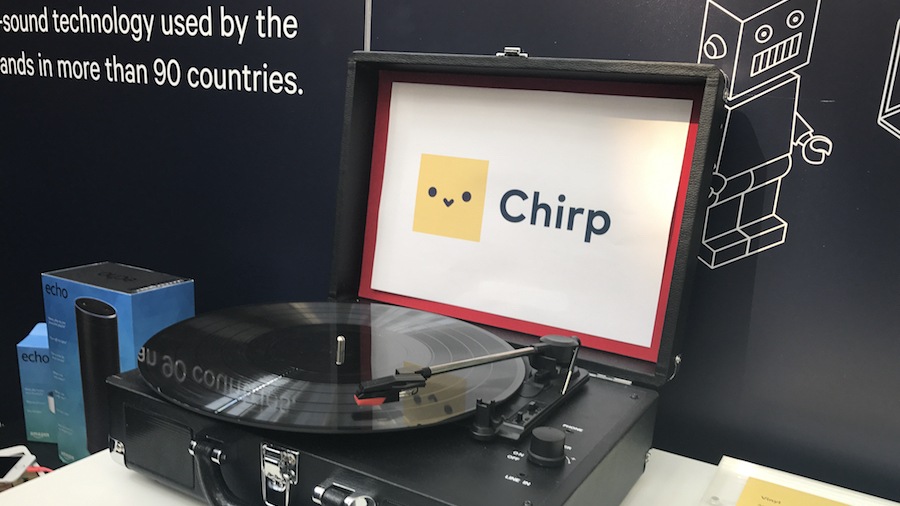A closer look at the Internet of Things 2.0 – and why it’s inevitable
Common standards will be key for the IoT 2.0
Greater focus on security
As IoT hardware becomes cheaper and more powerful, security in the next phase of the IoT will be critical. “Even relatively simple, everyday IoT devices have proven themselves capable of launching DDoS attacks on scales hitherto unimagined with simple GRE floods, as we saw in the case of the Mirai botnet attack,” says Rouffineau. “Imagine if those devices were more sophisticated, more powerful and more ubiquitous.”
He thinks that IoT security will need to be addressed at the device OS level. “The industry needs to adopt a more standardised approach to the IoT OS it uses, centralised and digitally-signed software updates, and an assumption that apps and devices are ‘guilty until proven innocent’,” Rouffineau asserts.
Authentication and identity
Static user IDs, pass-phrases and passwords are dead; IoT 2.0 wants nothing to do with them. Cue contextual and continual authentication that uses data such as geolocation, device fingerprinting, and time of day login patterns to authorise access. But it goes much further than this.
“Most IoT devices will require a non-interactive method to login, so the use of cryptographic materials such as certificates and private keys becomes ever more necessary,” says Simon Moffatt, Senior Product Manager at ForgeRock. “Underlying APIs and cloud services that IoT devices will access, should be protected via throttling and rate-limiting gateways that are continually checking the status of previously issued sessions to make sure they are not being used maliciously or have been stolen.”
Security will surely be at the heart of any IoT 2.0.

5G and software-defined networking
Able to support a massive amount of devices per square kilometre and capable of ultra-reliable and low-latency communications (uRLLC), 5G networks are heralded as a step-change for the IoT. The reality is very different.
“5G alone can’t support the IoT – 4G today is unable to do so due to a lack of blanket coverage and inability to support the demands of data-intensive applications such as HD and 4K video,” says Sean Collins, Regional Director for UKI and BeNeLux at Extreme Networks. “For IoT to evolve, a highly managed mixture of technologies including 5G, wired and wireless using SDN (software-defined networking) will be the best way to prioritise, deliver and manage IoT applications.”
Sign up to the TechRadar Pro newsletter to get all the top news, opinion, features and guidance your business needs to succeed!
IoT 2.0 will be a jigsaw of all kinds of connectivity, and both old and new devices – and that makes retrofitting a key component.
Retrofitting legacy devices
An emerging way of retrofitting legacy devices is using data-over audio; small, inaudible bursts of ultrasound that devices can use to exchange data.
“Instead of using radio frequencies we encode information in a series of audible tones that can be played by any device’s speaker and received by any device’s microphone,” says Dr Daniel Jones, Chief Science Officer at Chirp, whose technology generates dynamic data on-the-fly to produce unique tones, and requires only a mic and a speaker to work.
Chirp’s tech is being used by some companies to retrofit legacy devices to connect them to the IoT, and help devices communicate with each other without requiring internet access (it has been trialled at nuclear power stations in the UK, where internet access is restricted).
“Sound is almost the lowest common denominator because it helps cheap archaic devices communicate,” says Jones. “So it could be a key part of the jigsaw in environments where interoperability is key.”

When will we see IoT 2.0?
“Before we can talk about an IoT 2.0, we need an IoT 1.0 characterised by large deployments and successful business models, but we’re not there yet,” says Rouffineau. The IoT needs to first settle, define its standards, improve its security to protect privacy, and iron out business models. “It’s also likely that software definition, and the use of IoT ‘apps’, will play a big part in the creation of a first successful IoT era,” adds Rouffineau.
The pulling together of disparate data is what’s characterising current IoT 1.0 projects, but there’s something missing. “They lack that ‘helicopter view’ where they can understand all that data in a single pane of glass that will allow them to really make gains on operational efficiency and cost-effectiveness,” says Collins. “That’s why it’s so important that we look where we’re going when building infrastructure, making sure we are able to support the bandwidth and usability demands five years from now, as well as today.”
It might be five years distant, but IoT 2.0 is on its way, with device miniaturisation, better power efficiency and connectivity, more sophisticated system architectures, and new machine learning algorithms all in the pipeline. Says Tcherevik: “IoT 2.0 is all but inevitable.”
- We’ve highlighted 10 surprising trends in the IoT for 2017
Jamie is a freelance tech, travel and space journalist based in the UK. He’s been writing regularly for Techradar since it was launched in 2008 and also writes regularly for Forbes, The Telegraph, the South China Morning Post, Sky & Telescope and the Sky At Night magazine as well as other Future titles T3, Digital Camera World, All About Space and Space.com. He also edits two of his own websites, TravGear.com and WhenIsTheNextEclipse.com that reflect his obsession with travel gear and solar eclipse travel. He is the author of A Stargazing Program For Beginners (Springer, 2015),
